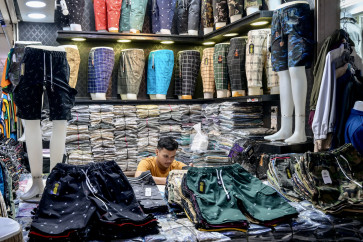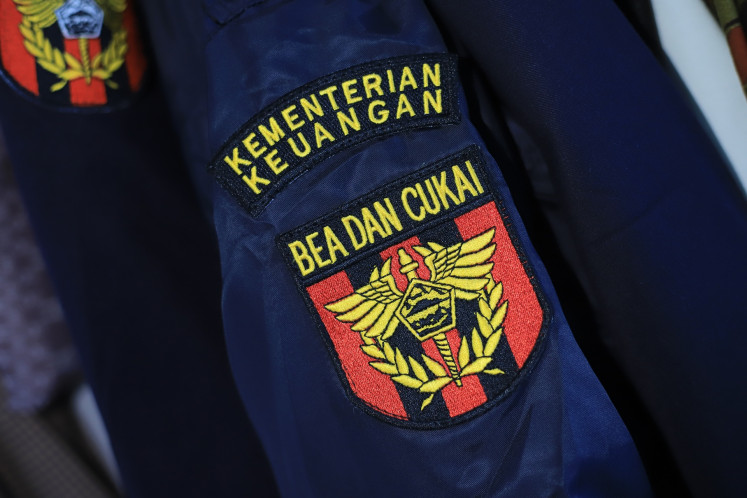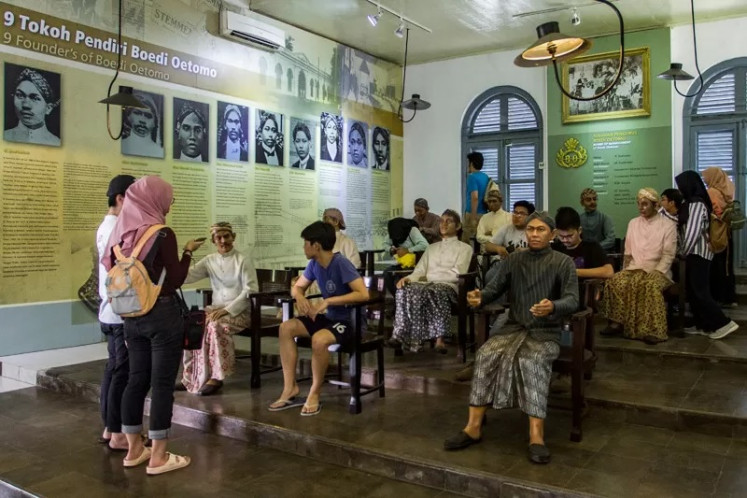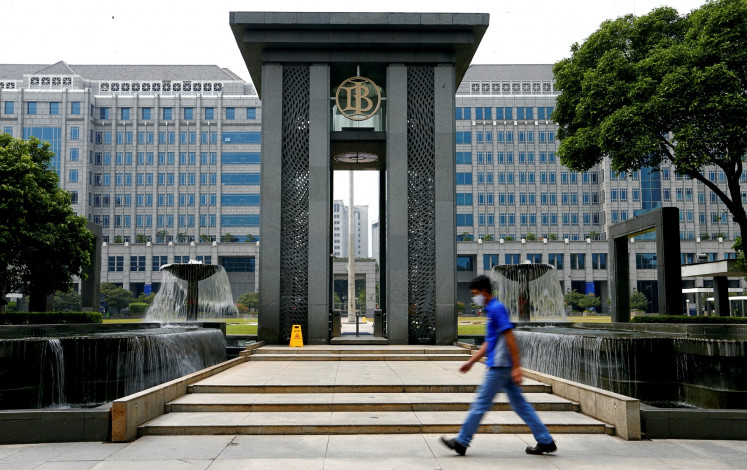Investment in Bali up by 31%
Amid the global financial crisis, Bali remained an attractive place for both domestic and foreign investors with investment rising by 31 percent, from 10
Change text size
Gift Premium Articles
to Anyone

A
mid the global financial crisis, Bali remained an attractive place for both domestic and foreign investors with investment rising by 31 percent, from 10.4 trillion in 2008 to Rp 13.7 trillion last year.
The value is dominated by domestic investment, worth Rp 10.5 trillion, followed by Rp 3.1 trillion in foreign investment.
The province’s investment board also recorded that the value of last year’s investment in Bali reached
Rp 1.26 trillion, Rp 35 billion from domestic investment and Rp 1.2 trillion in foreign investment.
Last year’s figure increased in comparison to the Rp 764 billion in 2008, which surpassed the target of Rp 800 billion.
The investment has generated 2,340 jobs.
“It’s quite surprising that investment in Bali has continued to increase despite the global
financial crisis,” investment board head Nyoman Suwirya Patra said Monday.
During the first three months of 2009, the board received no applications for investment permits due to the impacts of the global credit crunch.
This year, however, the board is targeting Rp 3.21 trillion in new investments.
The new investments are expected to spur Bali’s economic growth to hit 5.66 percent, higher than last year’s growth of 4.7 percent.
Suwirya said the board was optimistic the target would be reached.
“We hope there will be no major obstacles in reaching the target, although we have heard of a second global financial crisis.”
The tourism sector will continue to dominate this year’s investment, while other sectors including agriculture will remain sluggish.
“Investment in tourism remains high as it provides a faster return of profits than other sectors,”
he said.
According to the board’s data on investment permits, most investors still prefer Bali’s southern area to start their businesses, at least for the next five years.
“Although the southern areas of Bali are crowded with tourist businesses, the fact is that investors
keep looking for opportunities there,” Suwirya said, adding that it could be because the island’s international airport is located in the south.
He said the investment board was upbeat it would attract new domestic and foreign investors in the northern part of Bali, including in Batu Ampar, Buleleng.
The area is expected to be developed as an attractive coastal spot.
People are discouraged from investing in agriculture and plantations because of the high price of land, as well as unpredictable environmental factors.
“Investors prefer to go to Kalimantan or Sumatra for agriculture or plantation projects, since the two islands still boast wider plots of land,” he said.
Al Purwa, head of the Bali branch of the Bali Indonesian Tour and Travel Agents Association (Asita), said the association encouraged more agents to promote tourism in the northern part of Bali to offer tourists a new experience of the island.
He said that most of the tourists that visited Bali had done so several times.
“Therefore, we hope that travel agents can be more creative in promoting new routes, not only to offer tourists new experiences, but also to accelerate development in northern Bali.”
The Bali Statistics Agency recorded there were 145 star-rated hotels throughout Bali, 80 percent of which are located in Badung, the island’s southern regency.









